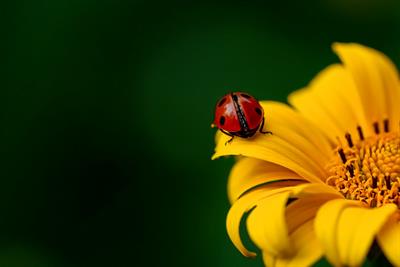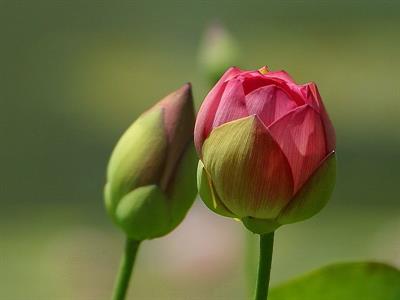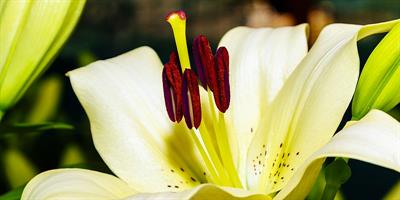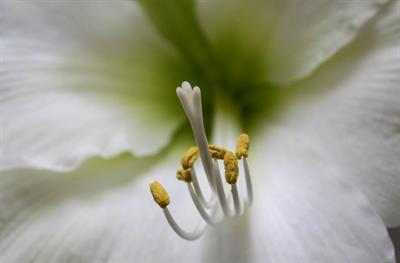PDF chapter test TRY NOW
A plant contains two types of organs,
- Vegetative organs and
- Reproductive organs.
Vegetative organs include root, stem and leaves.
Reproductive organs include flowers, frutis and seeds, which are helpful for the plants to sexually reproduce.
Flowers do a major role in the reproduction of a plant.
There are two types of reproduction
- Sexual reproduction
- Asexual reproduction
Sexual reproduction happens with the help of a flower while asexual reproduction can be done using other vegetative organs of the plants.
Before we get to know about the sexual reproduction of plants we need to be clear in the parts of the flower which play a major role in this form of reproduction.
Parts of a flower
The following are major parts of the plants.

- Petal is a colourful part of the plant that attracts insects like bees, butterflies, etc and brids like humming bird and sparrows.
- It is bigger in size when compared to all other parts of the flower.
- It is not only coloured but also has special scent or pleasant smell that attract insects.
- The layer of petals is otherwise known as corolla.

- Sepal is a protective cover of the flower when it was a bud.
- The outermost layer of the flower is otherwise known as calyx.
- Generally, once the bud outgrows to become a fully grown flower, the sepal stays at the bottom of the flower.

- Stamen is the male reproductive part of the flower, otherwise known as androecium.
- The major function of the stamen is to produce pollen grains.

- Pistil is the female reproductive part of the flower, otherwise known as gynoecium.
- It has three major parts such as ovary, style and stigma.
- Stigma is the front portion of the pistil help the pollens to stick to the pistil and hence the name.
- Style is the long tube that takes the pollen from the stigma to ovary.
- Ovary - Ovary contains ovules which eventually become a seed after fertilization. The ovary covers the seed and develop as a fruit gives protection, nutrition to the seeds.

Types of flowers
There are two types of flowers: complete flowers and incomplete flowers.
Complete flower | Incomplete flower |
| All the four layers (whorls) such as calyx, corolla, stamen and pistil are present. | If one or more of the layers (whorls) is missing, the flower is known as an incomplete flower. |
| Bisexual flowers. | Incomplete flowers are sexual flowers. If a flower misses gynoecium then it is a male flower and if a flower misses androecium then it is a female flower. |
Examples: Hibiscus, Rose, Mango | Examples: Pumpkin, Papaya, Watermelon |
Reference:
Image credit:
Petals - Free by Image by Schwoaze from Pixabay ; https://pixabay.com/photos/ladybug-insect-beetle-nature-3475779/
Sepals - Free image from Wikimedia ; https://commons.wikimedia.org/wiki/File:Flower_Buds.jpeg
Stigma : Free image from pxhere; https://pxhere.com/en/photo/460008
